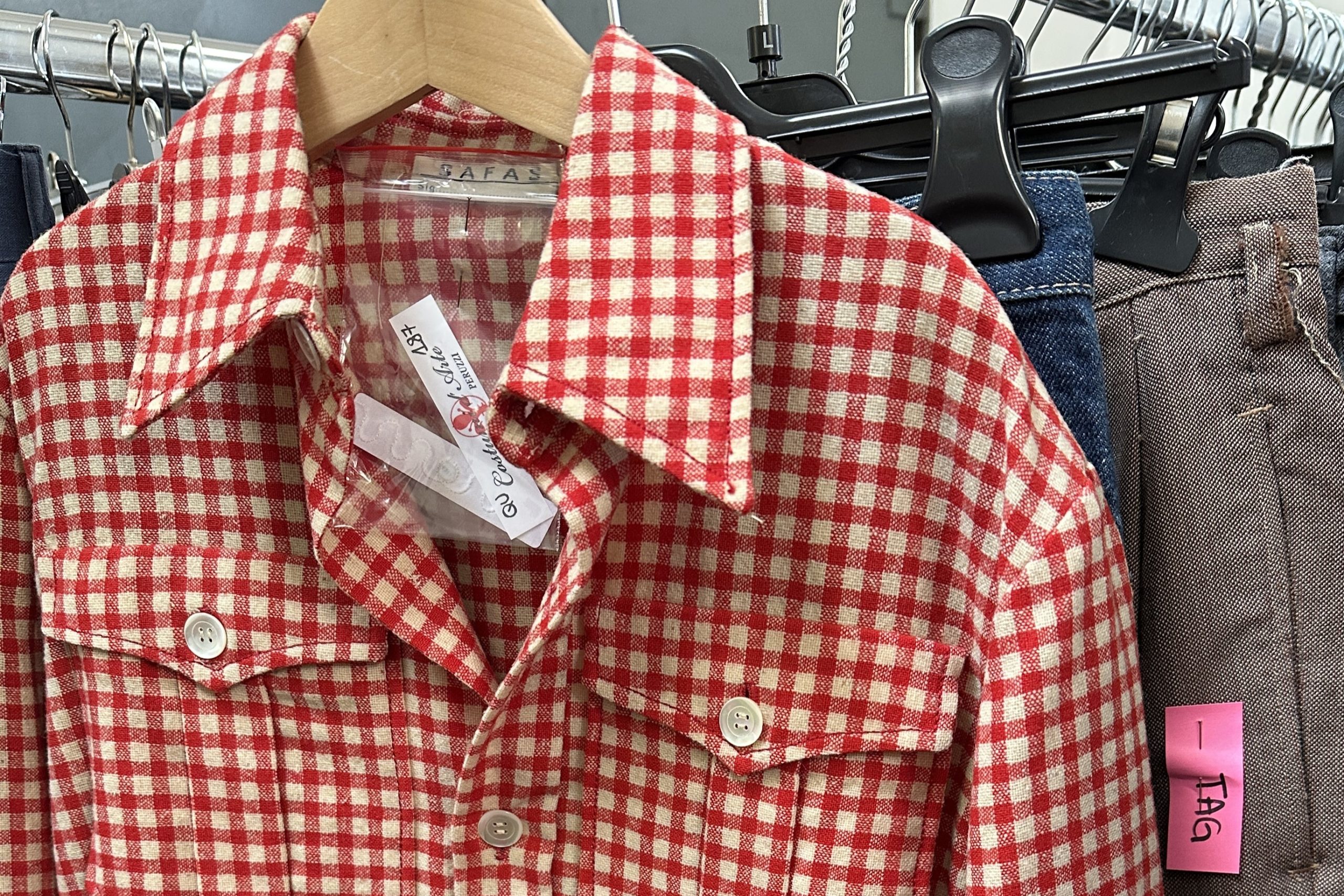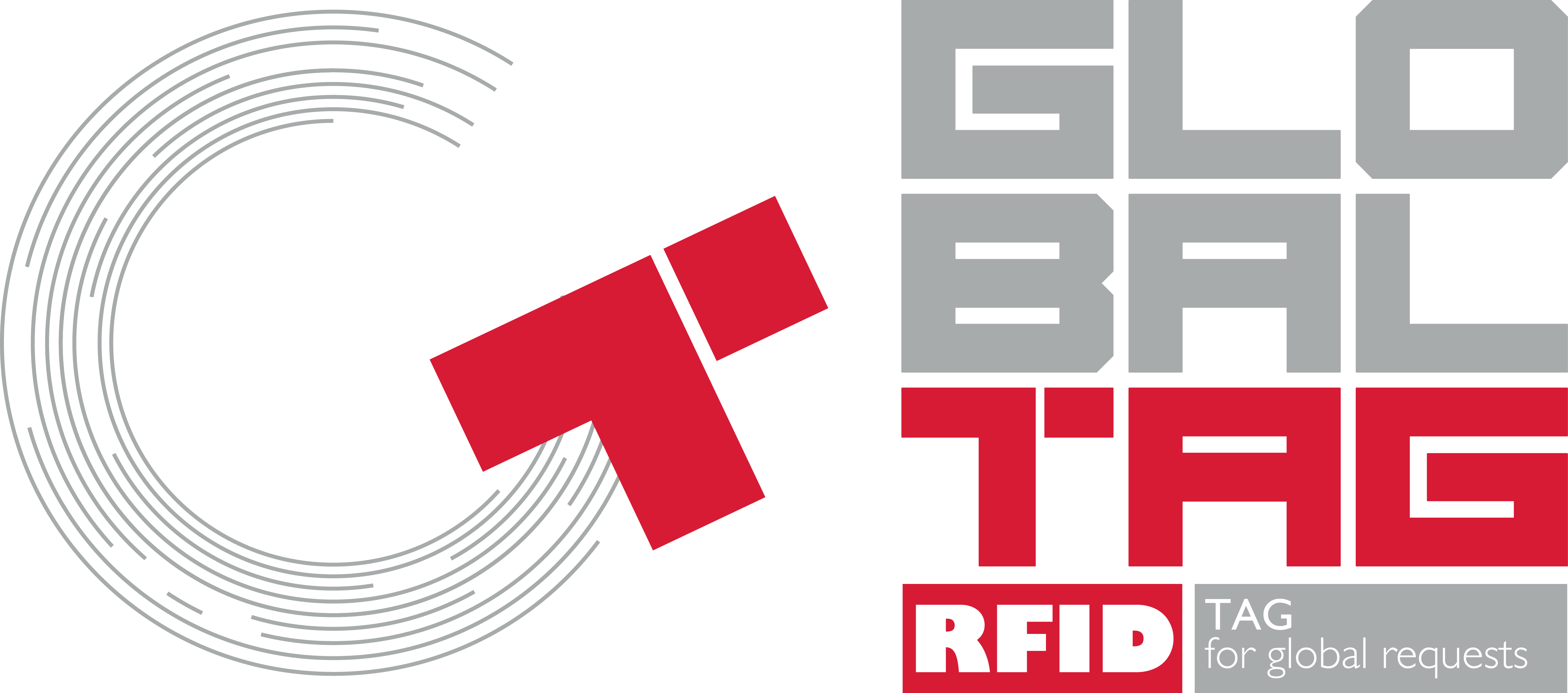RFID Laundry Tags:
Application Guide
Choosing the right method to apply an RFID laundry tag is key to ensuring long-term traceability, durability, and performance.
This practical guide explores the three main application methods—sewing, heat sealing, and protective pouch insertion—highlighting their advantages, best practices, and ideal use cases.
In the world of textile traceability, RFID laundry tags are among the most reliable and long-lasting solutions. They are designed to withstand industrial washing at high temperatures, autoclave sterilization, tumble drying, and mechanical ironing. However, in order to maintain these performance levels over time, the tag must be correctly applied to the garment or textile item. There are several application methods, each with specific characteristics, benefits, and use cases. The three most common are sewing, heat sealing, and insertion into a protective pouch.
Sewing: Durability and Integration into the Garment
The most traditional and widely used method is direct sewing of the RFID tag onto the fabric. This system is valued for its long-term stability: the tag, attached through side, center, or corner stitches, remains in place even after hundreds of wash cycles.
It is particularly suitable for professional garments, uniforms, and technical clothing that require a permanent and mechanically resistant solution.
For proper application, it is important to avoid stitching through the chip area and to use reinforced seams—such as zigzag or double stitching. The ideal position is along an existing seam or on an edge where the tag is less exposed to pulling or abrasion.
Heat Sealing: Speed and Discretion
When production speed is a priority or when working with flat textiles like sheets, towels, or tablecloths, heat sealing is an excellent alternative. In this case, the tag is coated with an adhesive layer that activates under heat and pressure.
It is applied using a heat press, which bonds it uniformly and securely to the fabric. The main advantage of this method is its speed: the application takes just a few seconds and requires no stitching.
Additionally, the tag is well integrated into the garment, with minimal visual impact. However, it is crucial to properly calibrate the temperature and pressure to ensure good adhesion without damaging the tag or the textile.

Discover RFID Laundry Tag for industrial laundries
Insertion into Protective Pouch: Flexibility and Reusability
The third method involves placing the RFID tag inside a protective pouch made of technical fabric or synthetic material. This pouch can be sewn or heat-sealed to the garment and offers a flexible solution that allows the tag to be replaced in case of updates, damage, or reuse.
This option is especially appreciated in industrial laundries managing rotating items, or for those seeking a less invasive, more discreet, and potentially reusable identification system.
The pouches can also be customized with a company logo, serial code, or customer information, contributing to immediate visual identification.
A Technical and Strategic Choice
The method of applying an RFID laundry tag is not just a technical step, but a strategic decision that affects product longevity, traceability efficiency, and overall service quality.
Every project is different, and proper application is the first step toward an efficient, durable, and fully integrated RFID solution for textile workflows.
do you want to know more?
